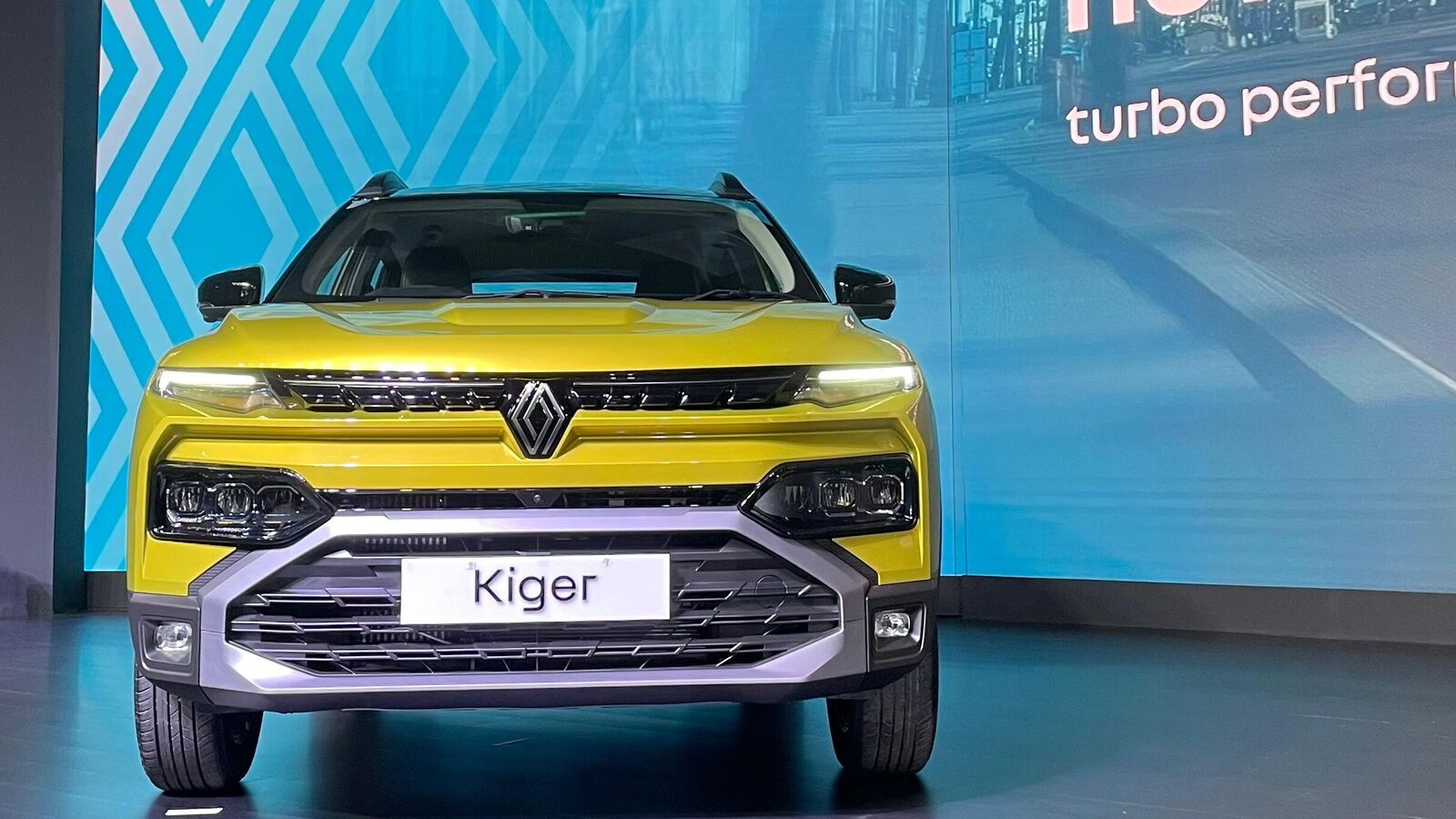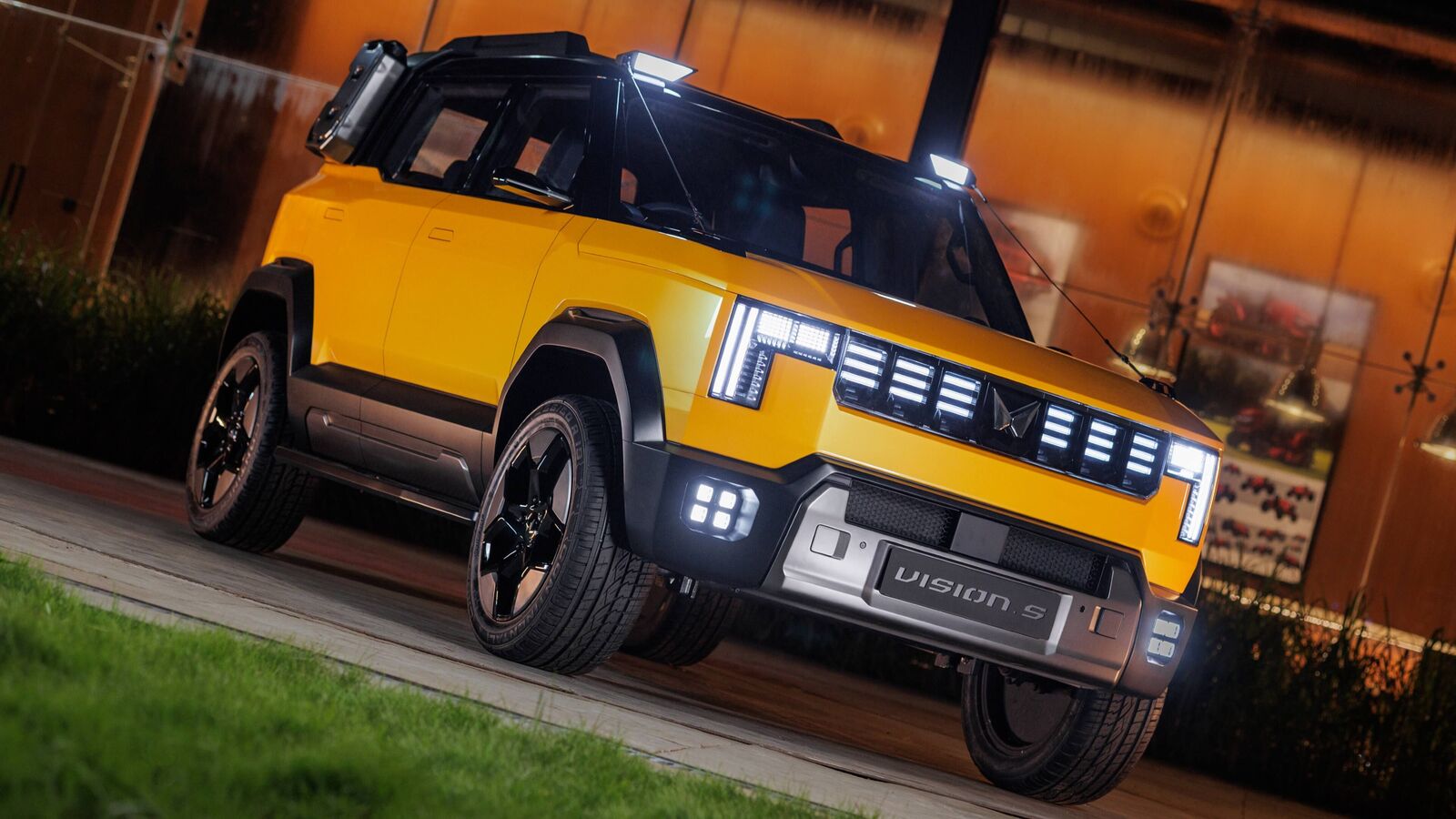- Maruti Suzuki has confirmed the discontinuation of the Ciaz after nearly a decade. However, the brand name might return in a different body style, similar to how the Baleno transitioned from a sedan to a hatchback.
The Maruti Suzuki Ciaz, after a long run of almost a decade, is going to be discontinued, confirmed Partho Banerjee, Senior Executive Officer of Marketing and Sales at Maruti Suzuki India. The Ciaz was launched back in 2014 to challenge the market dominance of the Honda City and also rival other compact sedans in India such as the Hyundai Verna, Volkswagen Vento, Skoda Rapid Nissan Sunny and others. While the Ciaz is being discontinued, the brand ‘Ciaz’ might just make a comeback. However in a different body form.
During a recent press conference, Banerjee stated that the product planning team keeps on working based on what is the need of the market from the future perspective. He expressed that the brand is always very strong. The forms can change from time to time, while drawing parallels to the Baleno. The Maruti Suzuki Baleno was the first challenger from the carmaker launched in 1998, to take on the Honda City. However, due to not so favourable market response, the sedan was discontinued in 2007.
Post that, The brand ‘Baleno’ made a comeback in the form of a premium hatchback in 2015, which is currently being sold in the second generation avatar. The Maruti Suzuki Baleno hatchback went on to become the best selling premium hatchback in the country. Drawing parallel to this, Banerjee expressed that a brand is like a soul, but the shape of the vehicle keeps on changing based on the market.
Maruti Suzuki Ciaz – From 2014 to 2025
The Maruti Suzuki Ciaz made its debut in September 2014. Since then, the Ciaz has remained the same with minor facelifts and feature addition. To give a perspective, the Honda City, which the Ciaz was a cult rival of, saw two generational changes and four model changes in the same time period.
Also Read : Maruti Suzuki WagonR reclaims top spot in Indian PV market
Banerjee explained that from time to time, based on the market needs and based on the feedback of the customers, the company keeps on revalidating our product portfolio. “We have decided to halt production and will reassess based on market demand,” he added. While the Ciaz saw a 14.5 per cent year-on-year jump in March 2025 sales as compared to March 2024, during FY25, the sales of the sedan fell by 18.71 YoY as compared to last financial year.
Customer focused approach
During the conference a key theme that the company echoed upon was its customer focused approach. As a market leader, it recognises the importance of catering to all body types while maintaining a fuel-agnostic strategy. Currently, Maruti Suzuki offers models powered by petrol, CNG, mild hybrid, and strong hybrid powertrains. Additionally, the company is gearing up for the launch of its first-ever electric vehicle, the e-Vitara.
With the e Vitara on the horizon, Maruti Suzuki is committed to making EV adoption smoother for customers. In fact, the company aims to first establish a proper ecosystem for its electric vehicle customers, before launching the e Vitara.
Also Read : Suzuki top boss reveals e Vitara core strategy, plans for complete India dominance
The company acknowledges that, for many buyers, EVs are still considered secondary vehicles. To accelerate adoption, three key challenges must be addressed: extending vehicle range, improving public charging infrastructure, and enhancing after-sales support. Until these concerns are resolved, consumer confidence in EVs as primary vehicles will remain limited. The automaker believes that, alongside government efforts, OEMs must take responsibility for instilling this confidence and ensuring a hassle-free EV ownership experience.
Multiple body forms and multiple fuel type is the key
Under its new mid-term strategy, Suzuki Motor Corporation plans to expand its lineup of medium and large SUVs and MPVs, anticipating evolving customer preferences. The company is placing a strong focus on battery electric vehicles (BEVs) and series hybrid electric vehicles (S-HEVs). In the mid-SUV segment, it aims to enhance its portfolio by offering a mix of BEVs, S-HEVs, mild hybrid electric vehicles (M-HEVs), CNG, compressed biogas (CBG), and flexible fuel vehicles (FFVs).
Despite the slowdown in entry-level vehicle sales, Suzuki remains committed to introducing new models in the segment. The mid-term plan outlines the rapid development of entry-level products tailored to customer preferences in India, incorporating powertrain options such as M-HEVs, CNG, CBG, and FFVs.
Also Read : Suzuki reaffirms India as growth hub, eyes top spot in EVs and 50% market share
Maruti Suzuki intends to follow a technology-agnostic approach, offering multiple powertrain choices to let customers decide based on their needs. The company continues to see strong demand for CNG vehicles, with one in three cars sold in FY25 being a CNG model. It recorded sales of approximately 6.2 lakh CNG vehicles last year, marking a 28 per cent year-on-year growth. Meanwhile, strong hybrid models like the Grand Vitara and Invicto saw a 27 per cent increase in sales, totaling 20,672 units and achieving a 2.4 per cent market penetration.
Check out Upcoming Cars in India 2024, Best SUVs in India.
First Published Date: 02 Apr 2025, 09:16 AM IST



